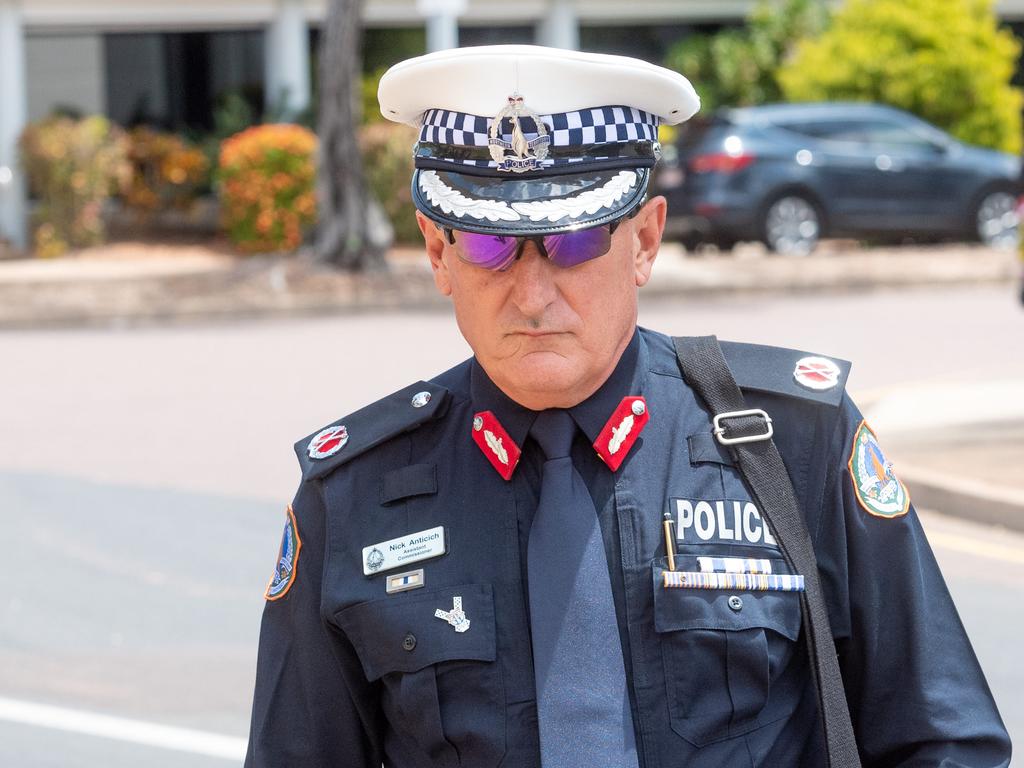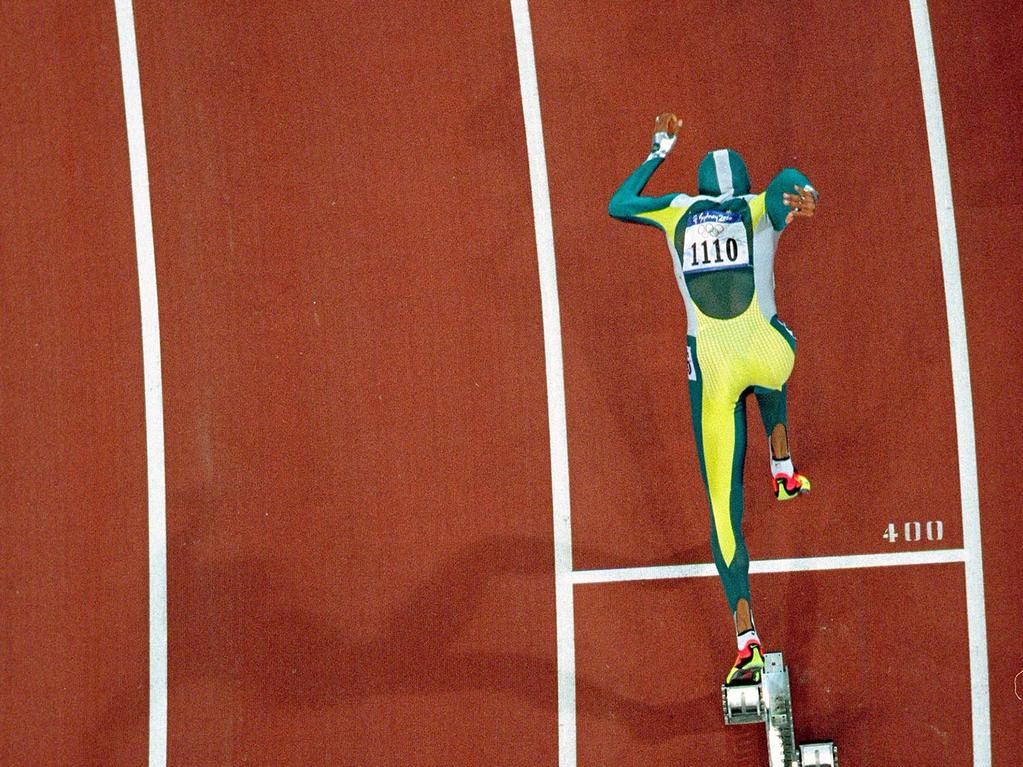Taskforce to tackle remote child abuse
The six tragics deaths of Aboriginal children have forced the NT to establish a system which will coerce agence into jointly tackling issues of sexual exploitation and violence.

The deaths of six Aboriginal children have forced the Northern Territory to establish an “Australian-first” system for breaking down silos and coercing agencies into jointly tackling issues such as sexual exploitation, substance abuse and violence.
The government will in the next fortnight begin rolling out dozens of remote teams with primary responsibility for ensuring children, families and communities are safe. The teams will be directly accountable to a central group of departmental deputy chief executives.
After a three-day inquest attended by most members of that group, its chairwoman, Jeanette Kerr — deputy chief executive of Territory Families, Housing and Communities — told The Australian there was a broad acknowledgment that “collectively we can do much better” in tackling issues such as child sexual abuse.
“I think it needs to be acknowledged that when young girls, children under 14 (years), have a sexually transmitted infection, pregnancy, et cetera, it should be taken on the face of it as sexual exploitation,” Ms Kerr said.
The coronial inquest into the deaths of Fionica Yarranganlagi James, Keturah Cheralyn Mamarika and Layla “Gulum” Leering heard all three were molested during their lives. Two were found dead with “fresh genital injuries”. Authorities missed warnings and opportunities to intervene when two of the girls sought contraception and treatment for STIs at age 12 or 13 years.
In 2018, The Australian reported evidence compiled by the Royal Commission into the Protection and Detention of Children in the NT of escalating rates of childhood STIs and warnings about sexual abuse. Former children’s commissioner Howard Bath called STI rates one of “only a very few objective indicators we have” of child sexual abuse and “a better indicator of background levels of abuse than reporting because so many of those cases don’t get reported to anyone.”
Former child protection minister John Elferink said in his time, children over 14 years were “basically abandoned” amid problems “so entrenched that neither the Territory nor the federal governments have the capacity to deal with them.” “Unless a child’s situation is truly bad or they are particularly young, there’s minimal chance the child will see any form of government protection,” he said in 2018.
The Labor government’s approach, the Multi-Agency Community and Child Safety Framework, began life in May and is based on work in the Kimberley region of Western Australia and the UK’s Working Together to Safeguard Children model.
Ms Kerr said the changes came about because of the deaths of Fionica, Keturah and Layla and those of three more children, whose cases the coroner will examine in October. The local multi-agency teams would meet fortnightly and include Aboriginal members.
“You might have a northern community where there’s an outbreak of petrol sniffing … all of the agencies are to come together and immediately start problem-solving,” she said. “That might be making sure there are cages over the bowsers, making sure that people lock up their fuel, making sure people can’t get into the airport, but we’ll also be dealing with shared case plans for individual children and families.”
The changes were the first time in 30 years’ work in law enforcement and child protection in the Territory that Ms Kerr had seen “a group of CEOs and deputy CEOs coming together with one vision, one purpose and supporting it without exception”.







